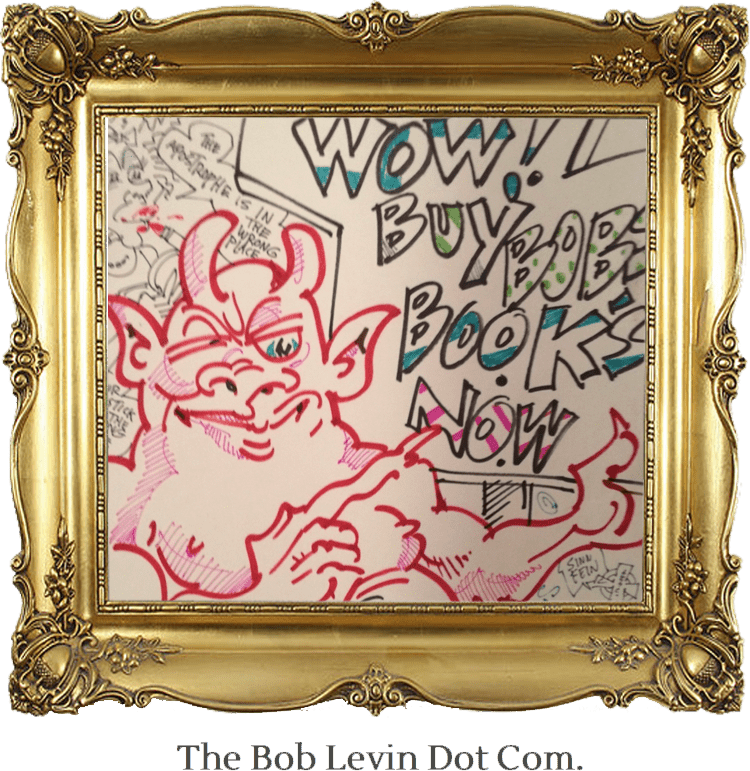Yesterday I mentioned that, given all the information that exists about the Kennedy assassination, writing a book about it is almost like writing a novel. With that in mind as a premise…
Would you have your three-person team of CIA-contracted assassins include a woman who was a heroin addict? Then while driving from Miami to Dallas, would you have one of the men with whom she was traveling throw her out of a bar, leaving her to wander until hit by a car, so that the police would take her to a hospital for the withdrawal symptoms she was experiencing and, en route, have her explain that the purpose of her trip had been to a) get some money; b) pick-up her baby; c) kill the president; d) proceed to Houston to purchase 10 kilos of heroin from a seaman arriving from Galveston; and e) go to Mexico? A few days later would you have her volunteer that she had worked for Jack Ruby as a stripper and knew he and Lee Harvey Oswald had been engaged in a long-standing homosexual relationship? Finally, having failed to eliminate her before she’d made any of these statements, would you, two years later, have her shot in the head but convince the coroner to attribute the cause of death to a motor vehicle accident?
I didn’t think so.
David Talbot omitted this woman, usually known as Rose Cheramie, from his book. James W. Douglass gave her two pages. He admitted there was a question as to “how reliable” Cheramie was but satisfied himself because the police had confirmed that the ship she’d mentioned had docked in Galveston; the seaman was aboard; and the man supposedly holding the money and her baby was a suspected drug trafficker. For Douglas this outweighed, that, according to Vincent Bugliosi, “Cheramie” was but one of the woman’s two dozen aliases; that she had been arrested more than four-dozen time; and that she had been hospitalized three times for mental problems. Douglass does not mention that there is no record of Ruby ever having owned the club at which she says worked, nor that, within the few days following her first being picked up by the police, she also said that she alone was going to kill the president; that it was the others, but not she, who would; and that it was not any of them but different people entirely, which struck my wife, a former psychotherapist – and someone who believes Oswald didn’t act alone – as the type the mentally ill often make to themselves – or others, as long as they are willing to put up with their ramblings.
